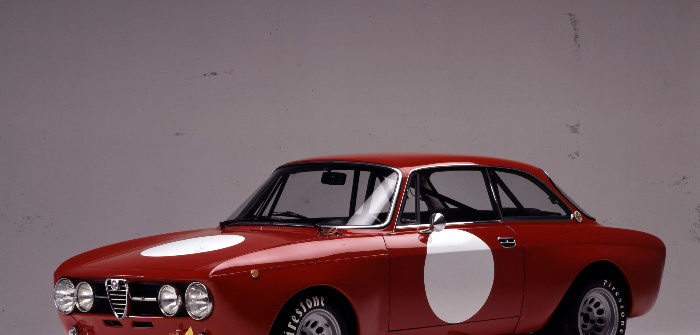It has been said that you are not a proper ‘car guy’ until you have owned at least one Alfa Romeo, so as a ‘car guy’ I bought one of the Italian cars a few years back – and sold it two weeks later! Why did I sell it? Because I am a ‘car guy’! The car in question was a Mito hatchback and it did most things pretty averagely, and some things bloody dreadfully (such as the behavior of its hesitant and semi-auto ‘box). I hated that Alfa, and my wife hated it too.
So why is it that Alfa Romeo has such a great reputation as a maker of cars for enthusiasts? Its vehicles are undeniably pretty, but at the time I bought that Mito, the marque’s brand consisted of the aforementioned and the unremarkable Giulietta family hatch. (The admittedly desirable Giulia was probably still in the mental black stuff of its creator.) I’ll tell you why Alfa has the reputation as the enthusiast’s choice: because the marketing department created that reputation decades ago. It’s the same for Maserati, another Italian company thought of as producing driver’s cars because of marketing activity from three or more generations ago.
The fact is that if you think of Alfa or Maserati, you think of track-based success, yet you’ll probably struggle to think of what track and in which category. I, for example, know Alfa dabbled as a constructor rather unsuccessfully in Formula 1 in the late 1970s and early 1980s, and I know there was F1 activity long before I was born in 1974, but I couldn’t tell you how successful it was and I bet you don’t know the answer either!
No, the reason Alfa Romeo and similar are seen as driver’s cars and the pick for anyone who loves motoring first and foremost is because a clever marketing team told the world that was the case and continues to link its modern cars to its old racing pedigree. If you repeat something as fact enough times, it becomes fact.
And so you may ask yourself, if the marketing department can create good reputations, why bother searching for engineering excellence? Indeed, because reputations stick, why bother updating anything? Just wheel out the same product in modern clothes. It’ll save a fortune; boost profitability. Spend the money on marketing, not engineering.
But there is hope that engineering excellence can be as effective a marketing tool as a badge on a race car or a poster by the side of the road.
Take Ford. While the American company still has a whiff of Model T-everyman about its products, engineering innovation is very slowly reversing that reputation. The continued and deserved International Engine of the Year Awards success for its 1-liter triple chips away at long-standing stereotypes better than any marketing board can achieve. Now we’re seeing the company become bolder and braver with its engineering know-how, with the announcement of a 1.5-liter triple with cylinder deactivation. And this innovation is from a company that put its 1.3-liter four-cylinder engine to use for decades.
Furthermore, developing cars that have set handling and ride benchmarks for almost two decades has finally started to have the man on the street state that Fords are fun to drive.
It’s taken two decades to get to where the company is, though. (The original Focus was launched to worldwide dynamic acclaim in 1998.) I wonder if clever marketing could have turned around its reputation faster!


